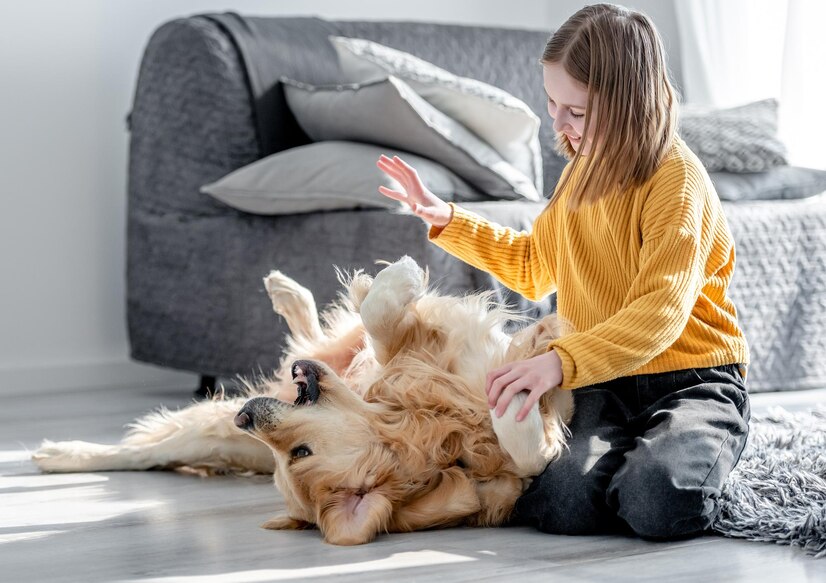Nothing is more distressing for pet owners than seeing their beloved suffer from allergies. The constant scratching, licking, and discomfort can be heartbreaking. Finding effective dog allergy relief solutions becomes a top priority, driving owners to seek solutions that genuinely work.
Understanding Canine Allergies
Before delving into solutions, it’s essential to understand the nature of canine allergies. Similar to humans, dogs have the potential to develop allergies to a range of substances, such as pollen, dust mites, mold, and specific food items. Exposure to these allergens can prompt an immune system reaction in dogs, resulting in symptoms like itching, redness, inflammation, and skin infections.
Identifying the Culprits
Pinpointing the specific allergens affecting your dog can be challenging. Allergy testing, conducted by a veterinarian, can provide valuable insights into the triggers. However, it may only sometimes be feasible or conclusive. In such cases, a process of elimination may be necessary to determine the allergens causing the reaction.
Managing Allergies Holistically
While avoiding allergens is ideal, eliminating them entirely from your dog’s environment is often impractical. Therefore, a multi-faceted approach to managing allergies is necessary. This involves implementing changes in the surroundings and employing specific therapies to mitigate symptoms, ultimately enhancing your canine companion’s well-being.
Environmental Modifications
Simple changes in your dog’s environment can make a significant difference in managing allergies. Regular bathing with hypoallergenic shampoos can help remove allergens from the skin and coat. Vacuuming frequently and using air purifiers can reduce indoor allergens like dust and pet dander. Maintaining a clean living space and washing bedding regularly can minimize exposure to allergens.
Targeted Treatments
In addition to environmental modifications, targeted treatments can relieve allergy symptoms. A veterinarian may prescribe antihistamines and corticosteroids to reduce itching and inflammation. However, these medications often come with side effects and may not be suitable for long-term use.
Natural Remedies
Many canine caregivers are embracing natural solutions to alleviate their pet’s allergy symptoms, opting for gentle yet potent alternatives. One such option is CBD oil, derived from the hemp plant. CBD has gained popularity for its anti-inflammatory and immune-modulating properties, making it a promising solution for allergy relief in dogs.
The Power of CBD for Allergy Relief
CBD oil engages with the endocannabinoid system, a pivotal regulator of diverse bodily functions such as immune response and inflammation. Through its ability to adjust immune cell activity and diminish the discharge of pro-inflammatory agents, CBD aids in mitigating allergic responses and calming irritated skin.
CBD Oil Tincture
The CBD oil tincture is formulated specifically for dogs, with a precise dosage tailored to their needs. Administered orally, it delivers potent anti-inflammatory effects that help reduce itching and inflammation from the inside out. The tincture is easy to administer directly into your dog’s mouth or mixed with food.
Soothing Balm
The soothing balm provides a comforting solution for irritated skin. It blends the therapeutic benefits of CBD with the nourishing qualities of natural ingredients like shea butter and coconut oil. This blend moisturizes the dog’s skin and forms a protective barrier, guarding against future irritation. Simply apply a small quantity to affected areas as required for soothing relief.
Finding a solution for Dog’s Allergy Relief can be daunting, but rest assured, it’s entirely achievable. With a comprehensive approach that addresses various aspects of your pet’s health and environment, you can significantly ease your furry friend’s discomfort and enhance its quality of life. By combining different strategies and treatments, you can effectively manage your dog’s allergies and provide the relief it deserves.










